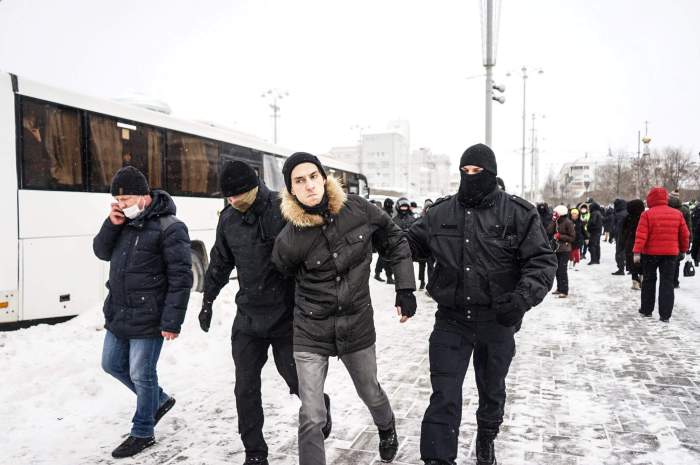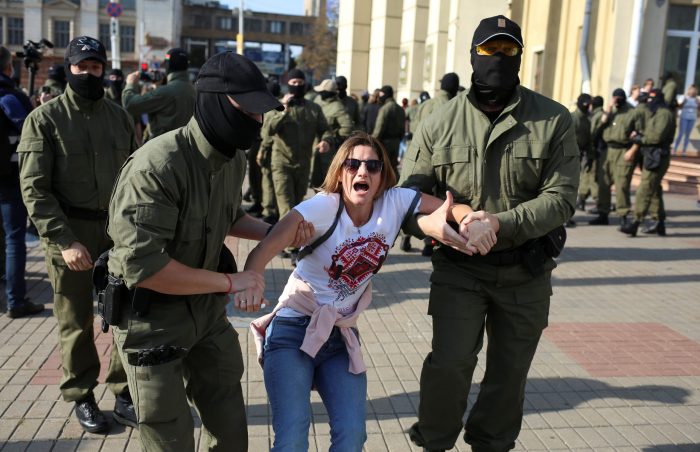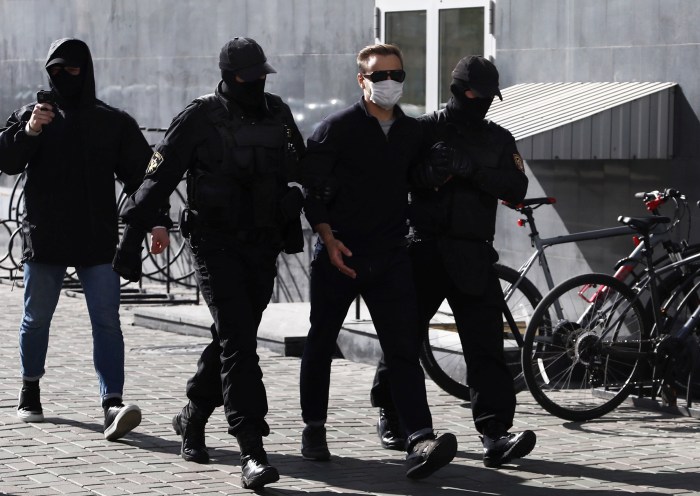As is often the case with Tom Stoppard, it will take some time to fully absorb “Leopoldstadt,” a semi-autobiographical, elegiac family drama exploring Jewish identity, cultural assimilation, and anti-Semitism in 20th century Europe, which marks the 85-year-old English playwright’s nineteenth play on Broadway since 1967 – and possibly his final play.
Like “The Coast of Utopia,” Stoppard’s three-part drama on pre-revolutionary Russia, “Leopoldstadt” truly is epic-sized, with a 38-member cast (including many children), a two-hour and 20-minute running time without an intermission, and discussions and debates on advanced topics such as number theory, Zionism, and Freud.
That being said, “Leopoldstadt” is a relatively accessible, straightforward, and emotional work – at least when compared to other cerebral works by Stoppard. (I am still trying to make sense of his freewheeling 1974 comedy “Travesties.”) I can think of many people who would probably walk out of other Stoppard plays but who would find “Leopoldstadt” to be very moving.
In interviews, Stoppard has spoken about how “Leopoldstadt” (which is named for Vienna’s historic Jewish district) draws upon his own personal history. Born in Czechoslovakia in 1937 to Jewish parents, Stoppard’s family fled the Nazis and eventually resettled in Britain, saving him from the tragic fate of six million European Jews, including many members of his own family – which he only became fully aware of much later in life.
“Leopoldstadt” opens upon an opulent, crowded Viennese apartment in 1899, where an extended Jewish family (including younger generations who have intermarried) is celebrating the holidays. Were it not for the fact that the Star of David briefly appears on top of the Christmas Tree, you might think this was the opening sequence of “The Nutcracker.”
The most fully-explored characters include Hermann (David Krumholtz), a smug and insecure factory owner who converted to Catholicism, and his wiry brother-in-law Ludwig (Brandon Uranowitz), an academic whose career has stalled due to anti-Semitism. They debate the extent to which their society, considered the capital of culture and intellectualism, has accepted the Jews and what lays ahead in the new century.
Subsequent scenes depict the aftermath of World War I, including death and injury within the family, as well as political upheaval and the rise of fascism, culminating in a scene following the Anschluss in 1938, in which the family is ordered to leave the apartment by the Nazis, and a postwar epilogue in which a character who resembles a young Stoppard meets with two of his cousins, who reveal how everyone else perished.
“Leopoldstadt” is not without its issues. Much of it is expository, slow, and muddled (including a farcical circumcision sequence that somehow got included). It is very challenging to remember who each of the less prominent characters is without consulting a character list or family tree. Still, it is a powerful work which is receiving a lavish production under the meticulous direction of Patrick Marber. Given its size and scale, the fact that “Leopoldstadt” is being produced on Broadway – and commercially, no less – is unbelievable.
Longacre Theatre, 220 W. 48th St., leopoldstadtplay.com.


















